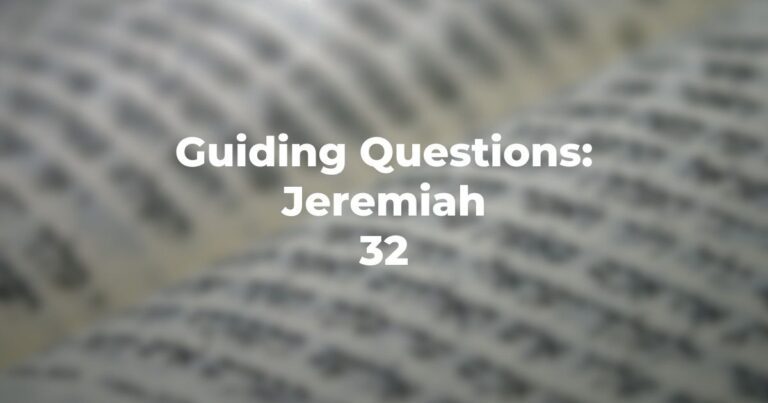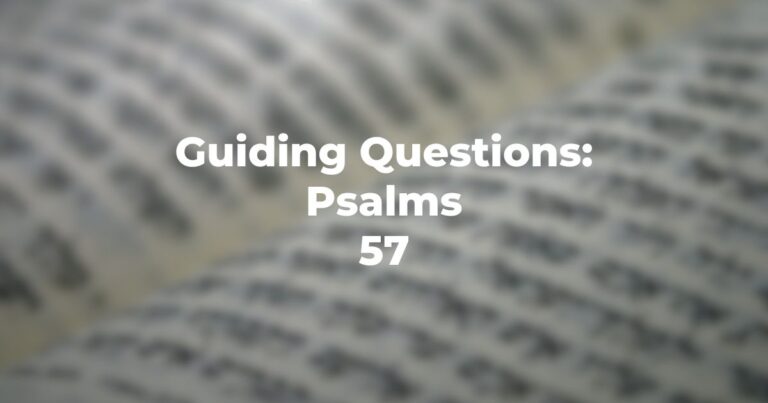- Is the entire group of Israelites involved in the closing aspects of the dedication or only some?
- Is Divinity’s “Kavod” (eminence) delimited to the Kohanim and/or other “select” individuals or is it for the full am kadosh — the entire “unique people”?
- Is there a message here that acting in accordance with Divine instruction is (can be) reflected in a sign of acceptance (approval)?
- Does the group appear to be fearful or, rather, impressed by the sign which it observes?
- The Kirvah Center (portable worship center) is a material witness to the Brit at Sinai. Is it in keeping with the inception of the Brit pattern — i.e. all of the people are involved?
- Is it now established that Divinity is not bound to a specific geographic location but may be “found” in the Kirvah Center which, itself, is movable?
- Does this, then, contradict the pagan notion that godlets are moored to a specific location?
- Is the berakhah (blessing) given to one segment of Am Yisrael or all?
- Is there a difference between “Kevod Adonai” (Lev 9:6) and “Adonai” Itself? And, if yes, why is the former phrase used here but not at the Sinai experience?
- What is the significance/meaning of the phrase “milifnei Adonai” (from before God)? (Lev 9:24).
- Does the reaction, avoiding fear, yet demonstrate awe and/or joy?
- How does the ending of the dedication compare with the activity at the eygel hazahav (the “golden calf”) experience?
- Why is the phrase “kol ha’am” (all of the people) repeated — what is the emphasis?
Author
-

Exploring Judaism is the digital home for Conservative/Masorti Judaism, embracing the beauty and complexity of Judaism, and our personal search for meaning, learning, and connecting. Our goal is to create content based on three core framing: Meaning-Making (Why?), Practical Living (How?), and Explainers (What?).
View all posts





